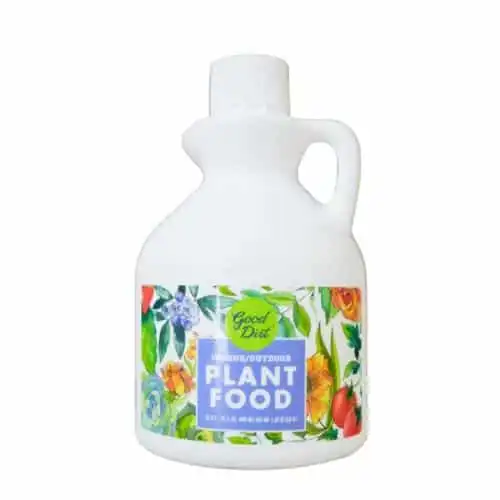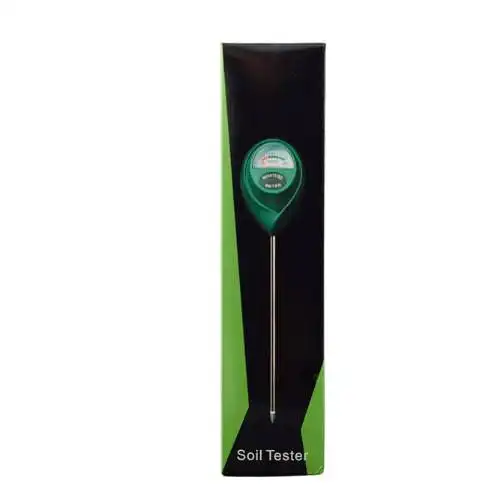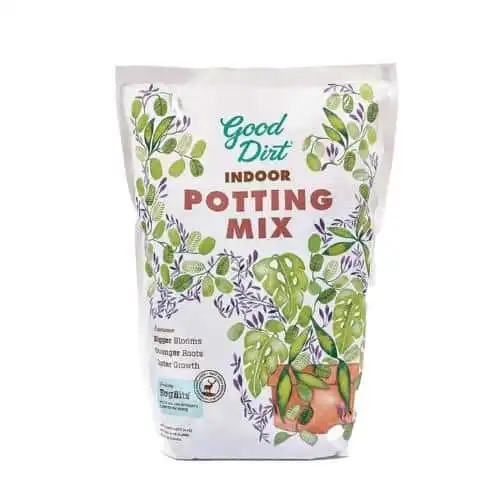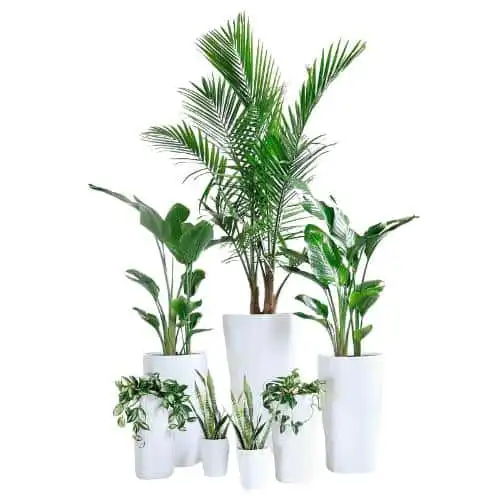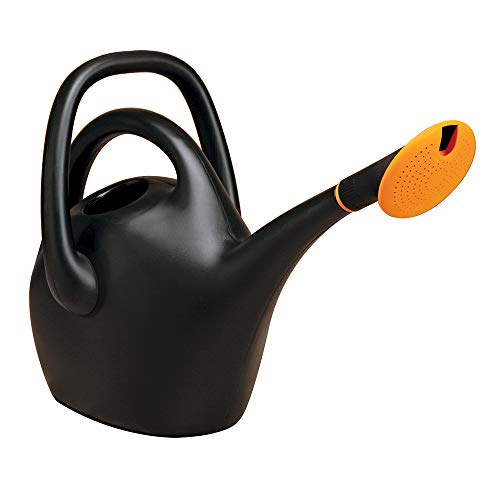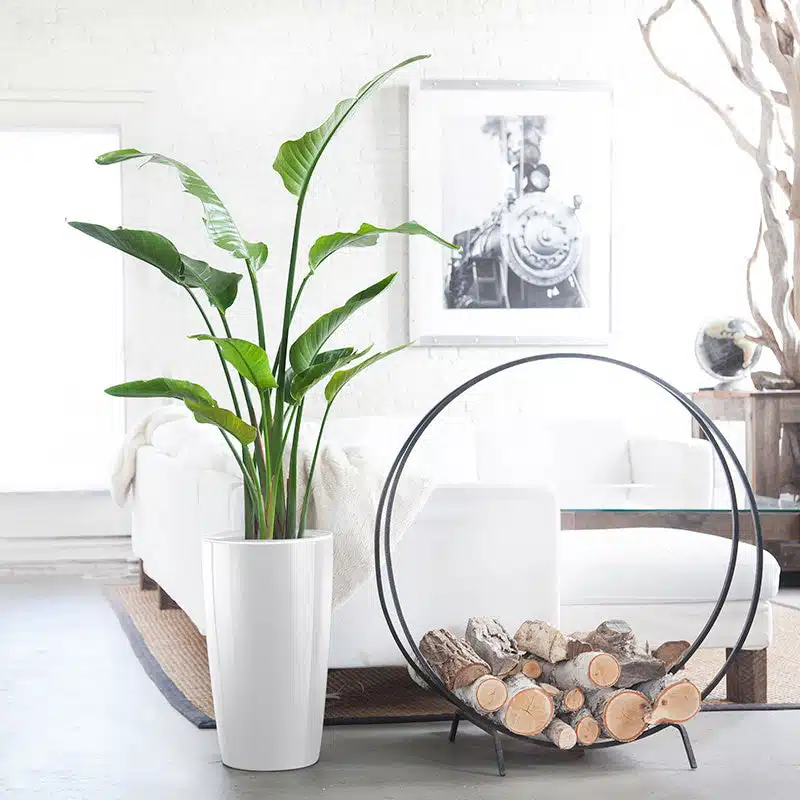
Step 1: Pick the Right Spot for Your New Plant
People often make the mistake of choosing which plant they want before they know where it should go.
The truth is, you should decide where you want your plant before you decide which plant to buy.
This is because different plants will thrive in different spots, depending on the amount of space and light available.
When choosing a good spot for your plant, the main things to keep in mind are:
Space
The most common mistake we see when people place plants is trying to squeeze them between things.
Squeezing plants between or behind pieces of furniture is a sure way to block their airflow. This makes it difficult for your plant to breathe.
Good airflow, on the other hand, helps ensure a healthier, longer-living plant with stronger stems.
With good airflow, your plant can achieve better temperature control and CO2 replenishment. Airflow also reduces humidity and lowers the occurrence of certain diseases.
With that in mind, follow these guidelines:
- Don’t try to squeeze your plants in a corner or behind furniture. Always make sure your plant has enough room to thrive.
- Keep at least 6” of space in between your plants and any other furniture.
- Place your plants in a spot with good air circulation, such as near hallways, in front of windows, and on top of tables.
- For rooms with no windows and little airflow, choose a hardy plant (like the iron plant) that can survive in this type of environment.
- It’s also a good idea to bring your plants out to a windowed room once in a while to give them a chance to refresh.
Humidity
Be aware that certain plants require more humidity than others.
Most indoor locations have low humidity due to heating and A/C units that dry out the air. For this reason, it’s best to keep your plants away from radiators and A/C units.
If you desire a tropical plant (like Bird of Paradise, Cut-leaf Philodendron, Bella Palm or Rhapis Palm), you’ll need to mist them daily to ensure the proper moisture level.
If that sounds like too much work, then you are better off choosing a plant that requires less humidity.
Temperature
Temperature is a very important factor in plant wellness. And when it comes to temperature, here is the main thing to keep in mind:
Air conditioning causes the soil to dry out more slowly.
Central or radiant heat causes the soil (and the plant itself) to dry out faster.
This is another reason why you should keep your plants away from radiators and A/C units.
It also explains why you need to water plants more often during the winter (when the heat is blasting inside) and less often during the summer (when the A/C is keeping your home cool).
Step 2: Choose the Right Plants for Your Home
What size plants should you buy?
This is usually the first question to ask yourself when buying a plant. Here are a few things to consider when determining plant size:
- Where will the plant go? Generally, floor plants should be taller while plants that sit on a table, desk, or window should be shorter.
- Keep in mind that your plant will grow. For this reason, it’s a good idea to buy a plant that is a little smaller than the one you ultimately want. (And if you live in a small apartment, you may not want a big, fast-growing plant.)
- Remember, bigger=heavier. Bigger plants are heavier, which makes them a little more difficult to move around. Small plants are easy to pick up and move whenever you desire.
- What kind of look do you want? Do you want your plant to be at eye-level or lower? Do you want an accent piece or a bold statement? The answers to these questions will have an impact on your plant size.
- Keep in mind the size of things around the plant. A small plant on top of a giant table might look silly, while a large plant might dwarf a tiny table next to it. Try to keep your plant in proportion to the rest of the room.
Here at My City Plants, we categorize our plants into 2 size categories:
Desktop Plants (less than 2.5’ tall)
Small plants are perfect for decorating a windowsill, shelf, or table. They’re light and easy to move around so you can find the perfect spot.
Floor Plants (2.5’ to 5’ tall)
These plants work best by seating areas, entrances, or large counter services. They’re the perfect height to place next to a chair or couch. Ideal for filling up open spaces and high empty corners. These plants stand out and make a statement in any room.
What light level does your home have?
It’s important to make sure that the plants you buy are a good fit for the light levels in your home. Otherwise, your plant’s health will suffer.
Read our Plant Light Guide to determine your light level.
Keep in mind that the light level depends on the exact spot where you want to place your plant. (For example: a southwest-facing window will be high light; an east- or west-facing window will be medium-light, and a north-facing window will be low light.)
Once you figure out the light level for the spot where you intend to place your plant, then browse for plants that will thrive in that exact spot:
Bright-Light Plants
For these plants to thrive, they must receive strong sunlight most of the day.
Medium-Light Plants
These plants are perfect for east- or west-facing windows that receive partial, filtered, or indirect sunlight.
Low-Light Plants
Low-light plants are your best bet if you need something that requires minimal levels of natural light—for example, foyers, north-facing windows, or stair landings where the lighting is mostly fluorescent.
If You Have Pets
Some plants can be toxic to animals. So if you have a furry friend at home, choose one of our pet-friendly plants to keep your plant and your pet healthy.
Step 3: Caring for your plants
When you buy a plant from My City Plants, we will send you detailed and easy-to-follow Plant Care Instructions that tell you exactly how to care for your new plant.
However, plant care is something you should also think about before you buy your plant. This is because some plants require more care than others.
Watering Your Plants
The most time-intensive part of plant care is watering your plants. It’s also the most common way that people kill their plants.
If you don’t water your plant often enough, it will dry out and die.
But if you water your plant too much, it can also die! (Surprisingly, this is much more common than you think.)
The best advice is to check the soil level before watering. How often you should water your plant depends on the type of plant you have.
However, when you purchase from My City Plants, we make it much easier than that.
Most of our plants come in self-watering planters. These planters create the perfect environment for each plant, keeping your plants healthy while making it easier to care for them.
Plants in our planters do not require weekly watering. On average, our planters require water once every 3 weeks at first. Then, after a few months of plant acclimation and root growth, your new planter’s full self-watering feature can be used. At this point, all you’ll need to do is refill the planter’s water reservoir and watch your plant care for itself.
Remember, every plant has a slightly different care routine. Care instructions are provided with each plant.
Fertilizing Your Plants
Everyone knows they need to water their plants, but many people overlook the importance of fertilizer.
Plants will extract nutrients from the soil, and over time that soil will become depleted.
Using fertilizer helps keep your soil nutrient-rich so your plants stay happy and healthy.
For specific fertilizer instructions, follow the care instructions for your specific plant and watch our video about “How To Fertilize Indoor Plants”.
Wiping Your Plants
At least once every few weeks, you should wipe your plant’s leaves with a moist paper towel.
Dust on your plant’s leaves can cause all sorts of problems. They can block light absorption and clog the pores of the leaves, preventing transpiration from happening. This can have a negative effect on your plant’s health and cause it to look dull.
Trimming/Clipping Your Plants
It’s important to regularly cut off dead leaves and trim back overgrown stems. This will help your plant to grow to its fullest potential and look fresh & healthy.
Going on Vacation
Make sure that your room temperature is between 69F and 72F when you are away.
Also be sure to keep your internal doors open for better air circulation, and leave at least some of your blinds open to give your plants the light they need to survive.
Depending on where your plants are placed, you may want to move them into a room with better light & air circulation while you are gone.
Ready to find the perfect plant for your home or apartment now?
Here at My City Plants we deliver beautiful potted plants in planters with sub-irrigation system anywhere in Manhattan, Brooklyn, Queens, Bronx, Staten Island, Jersey City, Hoboken & Edgewater.


